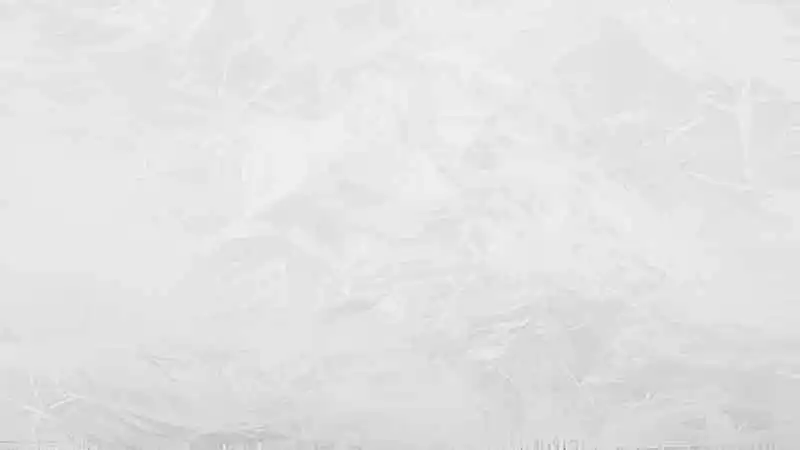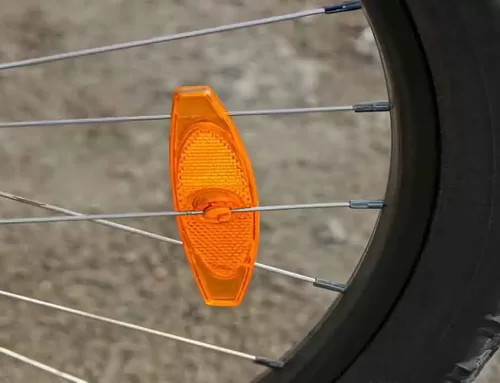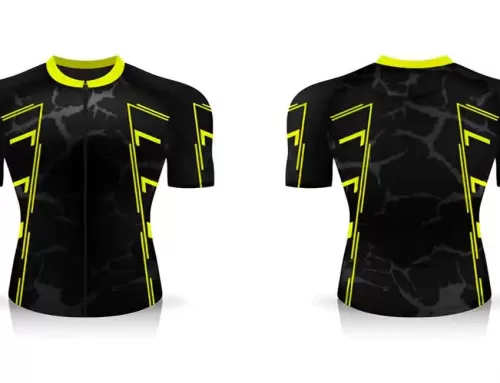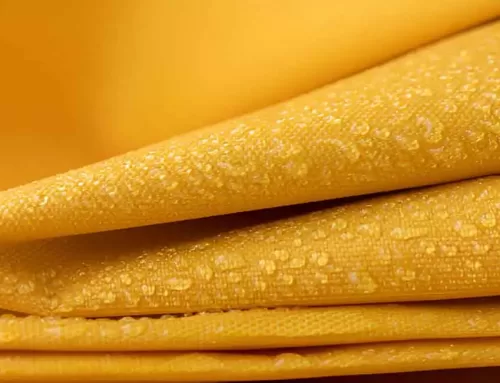How to make fabric reflective?

Reflective fabric is also called reflective fabric or retro-reflective fabric. It is made by applying glass beads to the fabric and using the optical principle that light is refracted and reflected in the glass beads and then returns. That is, the reflected light mostly returns to the direction of the light source according to the direction of the incident light. This kind of fabric has a safety function.
As a safety functional product, reflective cloth has been widely used in outdoor work clothes for special industries such as transportation, sanitation, and public security. When people wearing and carrying reflective materials work or walk at night, the driver can find the target at a long distance due to its retro-reflective function, thus avoiding accidents.
Ordinary people have different degrees of night activities, so adding reflective cloth to their clothes, shoes, hats, bags, rain gear, etc. can improve their safety. The degree to which reflective cloth improves safety is measured by its reflective intensity. The higher the reflective intensity, the better the eye-catching effect, and the farther the driver can find the target.
At the same time, as a safety functional reflection cloth for clothing and apparel, in addition to requiring high reflective intensity, reflective cloth must also meet the requirements of wearing, such as washability, wear resistance, and waterproofness.
What are the types of reflective fabrics?

Reflective fabrics are divided into chemical fiber fabrics, TC fabrics, and bright silver reflective fabrics. Chemical fiber fabrics and TC fabrics are divided into ordinary bright and high bright.
- Color: gray/silver
- Fabric base: cotton, chemical fiber, T/C (65% polyester 35% cotton)
- Specifications: 1cm-150cm (can be cut into strips)
- Packaging: 100 meters/roll
- Uses: used for reflective clothing, various professional clothing, casual clothing, sportswear, fashion, hats, gloves, backpacks, etc., and can also be used to make various reflective products and accessories.
Production and processing technology of reflective fabrics
Reflective fabrics are mainly divided into two categories: traditional reflective fabrics and reflective inkjet fabrics. Speaking of this reflective inkjet fabric, it can also be called crystal color grid. This is a new reflective material that can be made by inkjet printing in 2005. It can be used in many occasions.
Since reflective fabrics have many uses.
So what are the reflective fabric production technologies? Is it difficult?
As a safety functional product, reflective fabric has long been used in our transportation, public security and sanitation industries. Now it has been used in some special industries as work clothes for outdoor personnel working at night.
If these workers wear reflective vests, reflective raincoats, etc., and work or walk at night, it can be obvious that drivers cannot see them from a long distance, so using this reflective function can well avoid many accidents.





